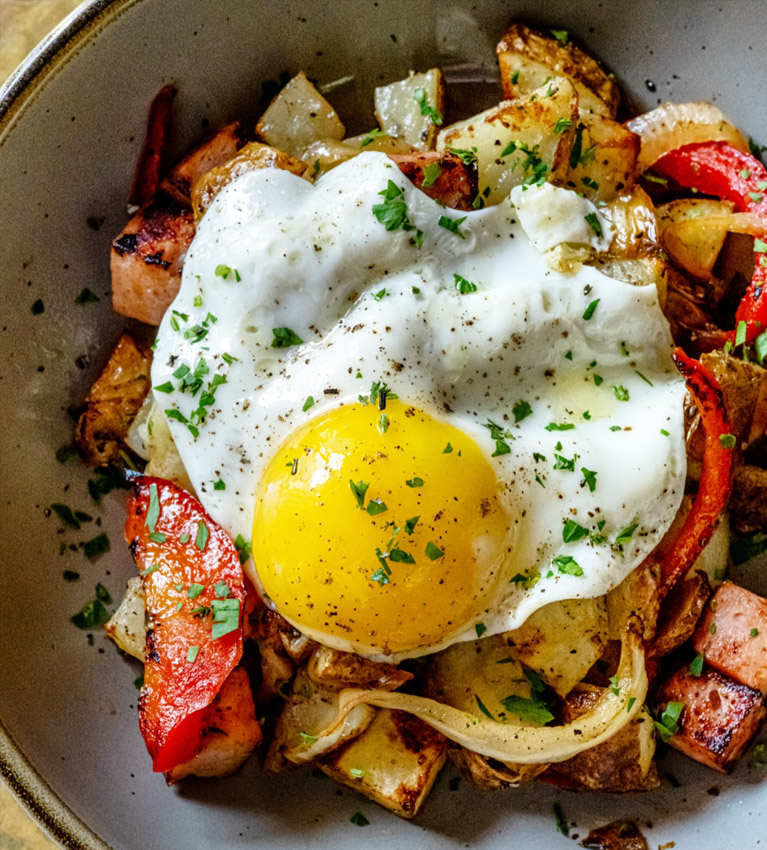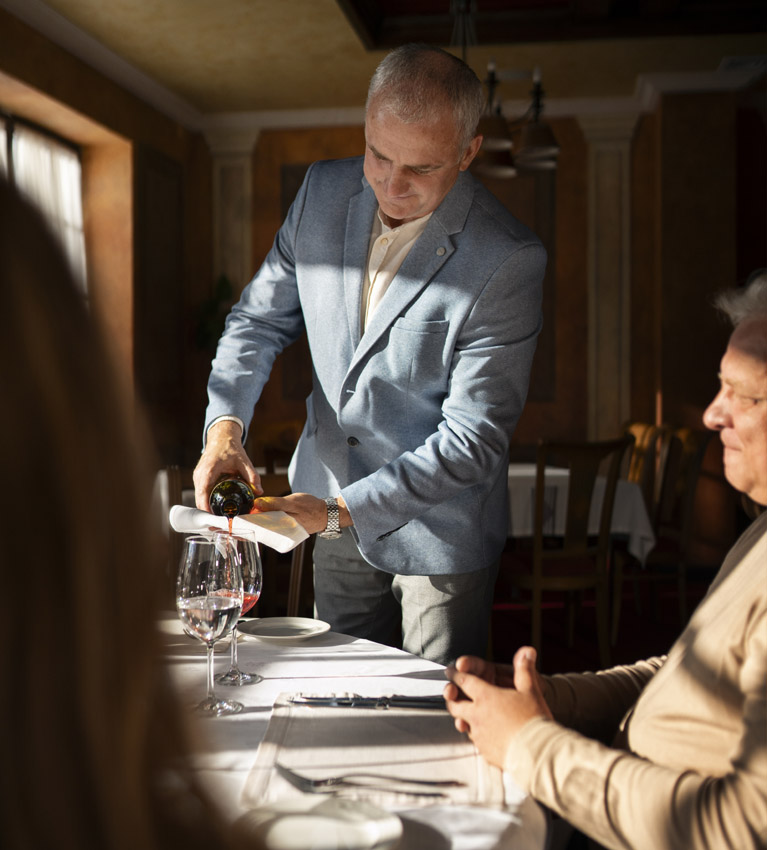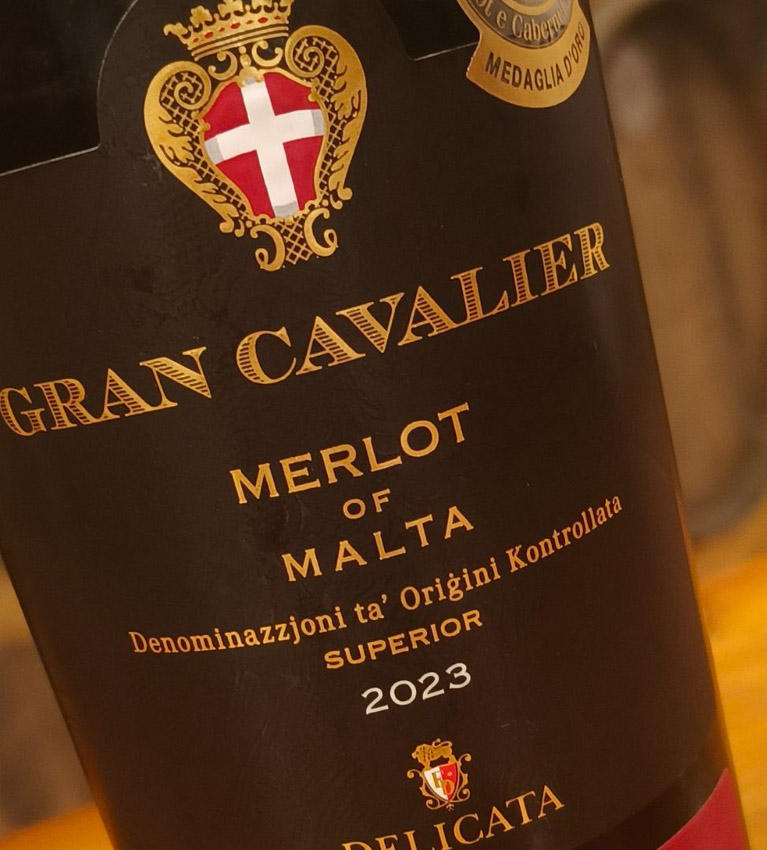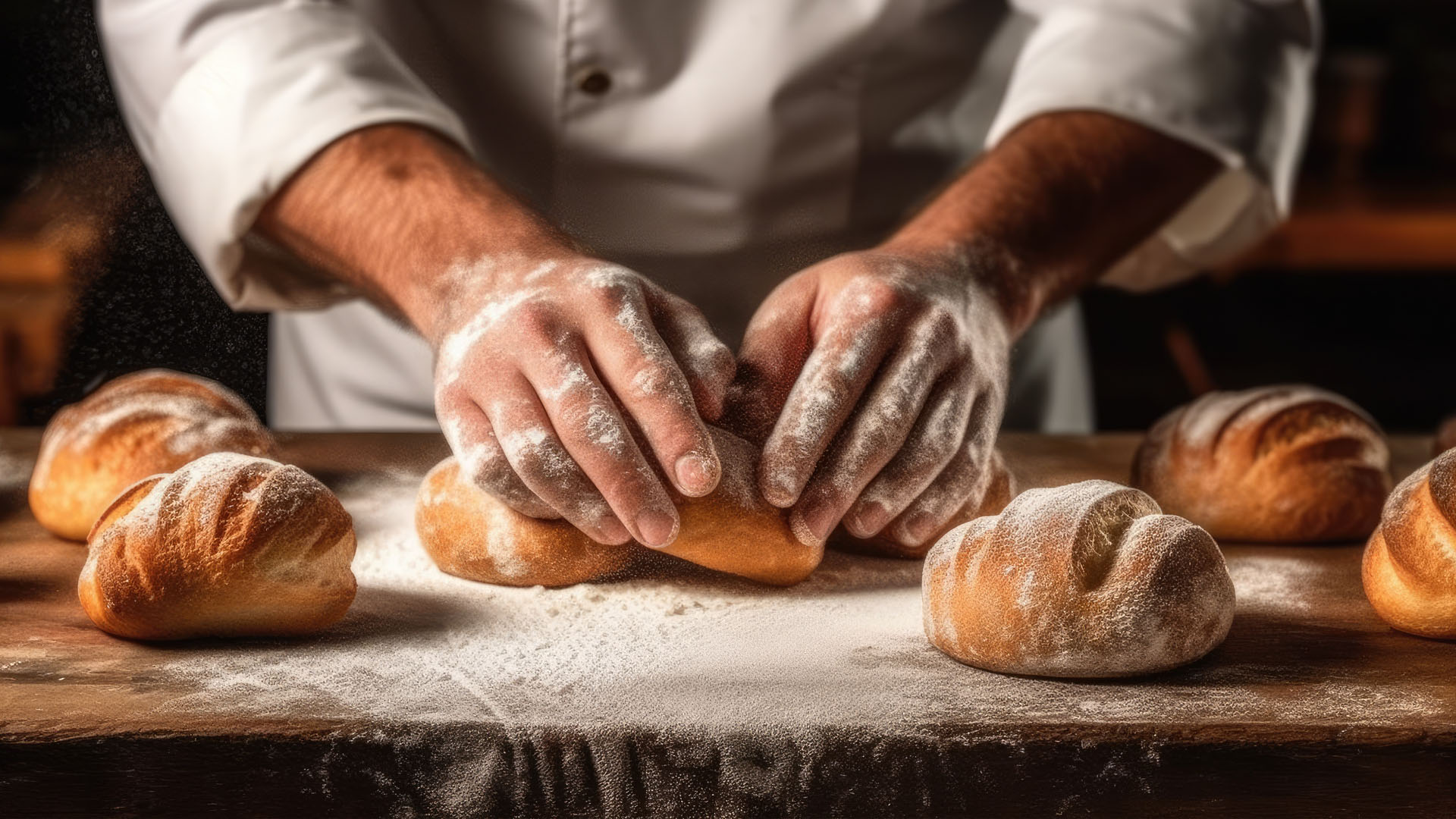
Kitchen Foundations: What is a Recipe?

A Taste for Quality Cuisine & Service
September 30, 2023
The Phoenicia Malta Recognized with Conde Nast Traveller’s 2023 Readers’ Choice Award
October 5, 2023Article by the Mediterranean Culinary Academy (MCA)
The recipe is at the heart of many famous restaurants but also a representation of culture and for some a family heirloom. Recipes are essential to any well-functioning kitchen and offer so much inspiration to home cooks.
IN A BOX: Recipes have been around for centuries, with some of the oldest ones dating back to ancient Egypt. These early recipes were often written on papyrus scrolls and included instructions for making bread, beer, and wine. In medieval Europe, recipes were often written in Latin and shared among the aristocracy. It wasn't until the invention of the printing press in the 15th century that recipes became more widely available.
A recipe is used as a marketing tool to show a Chef’s creativity or attract people to their blog; or can even be published as a cookbook. Best-selling cookbooks of all time, such as Joy of Cooking by Irma S. Rombauer has sold more than 20 million copies, showing that the recipe has evolved beyond a set of instructions.
The most astonishing modern phenomena is the rise of the video recipe, these have been around on television screens for a while, however, with the proliferation of platforms such as YouTube and Instagram, the way we consume recipes is drastically different to the way they were viewed before.
There are YouTube videos such as Rosanna Pansino’s “How to make a Disney Princess Sisters Cake”, that have over 227 million views, showing that the format is changing and still evolving to this day.
What is more interesting is the fact that many of the viewers might not watch because they want to recreate the dish but because they find the experience of watching someone cooking entertaining. Today a recipe is not just a list of ingredients, instructions and equipment. The recipe is also a tool to entertain audiences.
For example, when creating a dish for home cooks at the Malta Culinary Institute we try to keep in mind the number of steps to reduce things down to their most important elements. We also keep in mind the amount of equipment needed as most people enjoy cooking but hate the mess.
Whereas for example for internal recipe production, we will put details such as the level of steam needed in the combi oven - which is not something you would typically find in a normal recipe book. This prevents errors from happening and allows a certain level of consistency.
Another important note is to choose the appropriate unit of measurement and stick to it consistently. Images are another tool to be used in both scenarios as knowing what something should look like is super useful, as the expression goes “a picture is worth a thousand words”.
Finally, ask someone or ideally a small group of people to try out the recipe without any external guidance except for the recipe given and see the results, this will immediately point out any clarifications that need to be made either to the instructions or to the ingredient list.
Do not be discouraged if the results are very different to what you have created, just take it as an opportunity to improve your format in the art of recipe creation.
The recipe is at the heart of many famous restaurants but also a representation of culture and for some a family heirloom. Recipes are essential to any well-functioning kitchen and offer so much inspiration to home cooks.
In this article the Malta Culinary Academy will consider the foundations of a recipe, and discuss what makes a recipe a good one.
IN A BOX: Recipes have been around for centuries, with some of the oldest ones dating back to ancient Egypt. These early recipes were often written on papyrus scrolls and included instructions for making bread, beer, and wine. In medieval Europe, recipes were often written in Latin and shared among the aristocracy. It wasn't until the invention of the printing press in the 15th century that recipes became more widely available.
First of all, what is a recipe?
Well, in its most basic form it is a set of instructions that outline how to prepare a specific dish or drink. It typically includes a list of ingredients, measurements, and step-by-step instructions for cooking or baking. Recipes can be simple or complex, and they can be passed down through generations or created by modern Chefs. Nowadays the recipe has not changed however, its format and purpose have.A recipe is used as a marketing tool to show a Chef’s creativity or attract people to their blog; or can even be published as a cookbook. Best-selling cookbooks of all time, such as Joy of Cooking by Irma S. Rombauer has sold more than 20 million copies, showing that the recipe has evolved beyond a set of instructions.
The most astonishing modern phenomena is the rise of the video recipe, these have been around on television screens for a while, however, with the proliferation of platforms such as YouTube and Instagram, the way we consume recipes is drastically different to the way they were viewed before.
There are YouTube videos such as Rosanna Pansino’s “How to make a Disney Princess Sisters Cake”, that have over 227 million views, showing that the format is changing and still evolving to this day.
What is more interesting is the fact that many of the viewers might not watch because they want to recreate the dish but because they find the experience of watching someone cooking entertaining. Today a recipe is not just a list of ingredients, instructions and equipment. The recipe is also a tool to entertain audiences.
So how should you design a recipe?
The most important part of designing a recipe is to keep your audience in mind. Think about the problems or difficulties your audience may face when trying to recreate the dish. Think about the tools they have at their disposal and their skill level.For example, when creating a dish for home cooks at the Malta Culinary Institute we try to keep in mind the number of steps to reduce things down to their most important elements. We also keep in mind the amount of equipment needed as most people enjoy cooking but hate the mess.
Whereas for example for internal recipe production, we will put details such as the level of steam needed in the combi oven - which is not something you would typically find in a normal recipe book. This prevents errors from happening and allows a certain level of consistency.
Another important note is to choose the appropriate unit of measurement and stick to it consistently. Images are another tool to be used in both scenarios as knowing what something should look like is super useful, as the expression goes “a picture is worth a thousand words”.
Finally, ask someone or ideally a small group of people to try out the recipe without any external guidance except for the recipe given and see the results, this will immediately point out any clarifications that need to be made either to the instructions or to the ingredient list.
Do not be discouraged if the results are very different to what you have created, just take it as an opportunity to improve your format in the art of recipe creation.
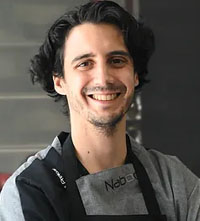
Kurt Mifsud
A gastronome by profession, Kurt has worked in both fine dining as well as casual
restaurants after which he attended the University of Gastronomic Sciences in Italy where he
contributed to the organisation of the university’s first study trip to Malta. He led the Maltese delegation
to the First edition of the “Slow Food Youth Network International Conference”, at the Milan Expo.
Since founding The Mediterranean Culinary Academy in 2017, Kurt has overseen the development of the award winning monovarietal endemic extra virgin olive oil Bidni, seen over 4000 students pass through its doors, and helped in the organisation of hundreds of different culinary events.
For more information visit https://www.mcamalta.com/
Click here to see Horeca Issue 12 online

